You want an NPO Cap with a SRF >> 8GHz and ultralow ESR and ESL at 6 GHz.
Not any 100 pF 402 cap will do.
Supply noise filters depend on impedance ratios of series LR lossy ferrite and low ESR high SRF load caps and PCB characteristic impedance for Pwr/Gnd layers. These all affect the s21 attenuation response.
Update
At 6 GHz, perhaps not any 402 cap will do above 10 pF for self-resonant-frequency, SRF and geometric parasitics can cause a resonance with other shunt parts if not careful.
There is a geometric limitation with an aspect ratio of L:W=2:1 e.g. 402 603
ESL is fixed for any size of L:W conductors whether it is in thou", mm or an entire ground plane with an aspect ratio of 2:1, thus you would be searching for edge type MLCC or 1:2 aspect ratio caps or smaller parts like 0201 for a shorter length in smaller values < 10 pF.
This also supports using the thinnest dielectric layer between Pwr& Gnd layers but then many microvias must be used to reduce ESL.
C decreases inversely with electrode gap which is hidden in vertical layers and also affects ESL and C thus you must refer to the OEM datasheets or their simulation tools and then verify with your PCB layout that it does not compromise the performance.
Higher voltage ratings also reduce SRF values slightly
how to measure SRF
e.g. 0402 10 pF KEMET cap SRF = 2 GHz has an effective series inductance ESL of \$L=\dfrac{1}{{(2\pi f)}^2C}\$
- this formula intuitively for a fixed SRF, you can see that if you triple f to 6 GHz, C must reduce by 9 , so 100 pF is never going to work well.

